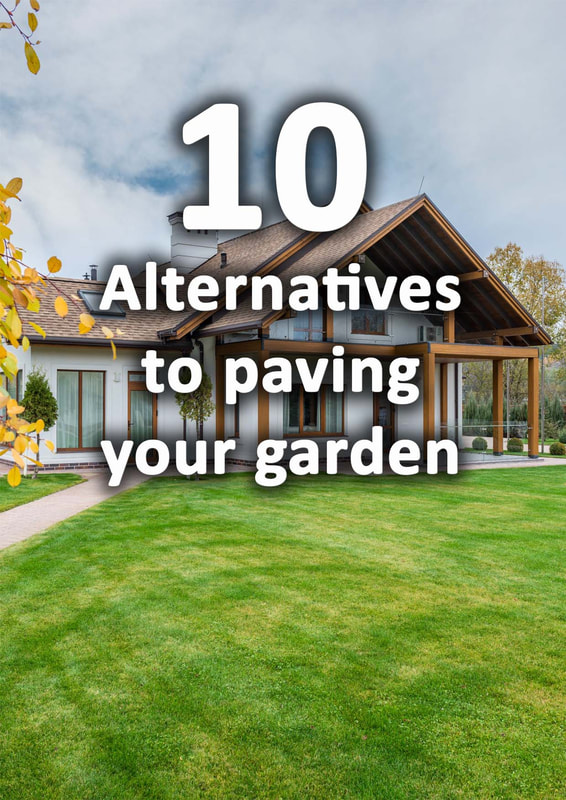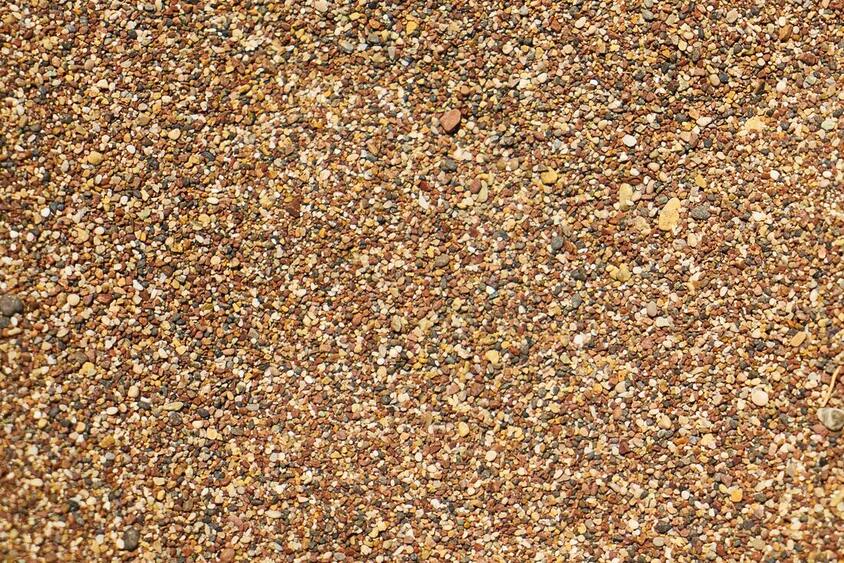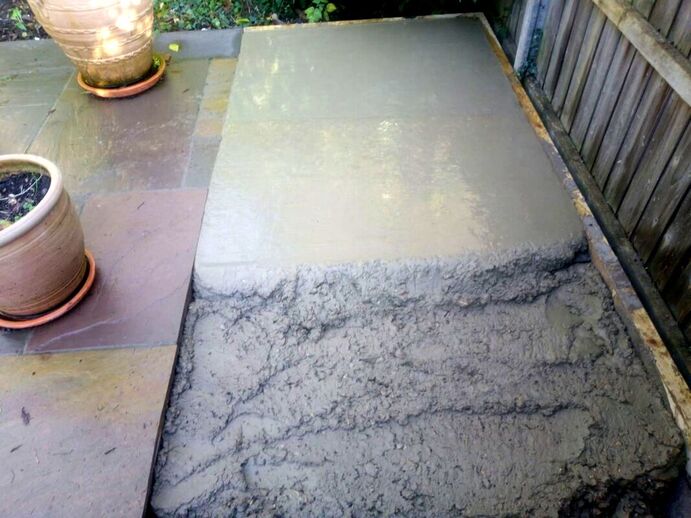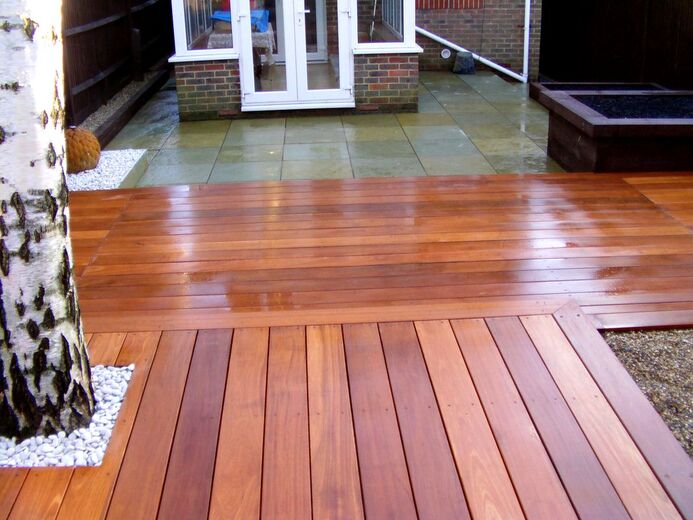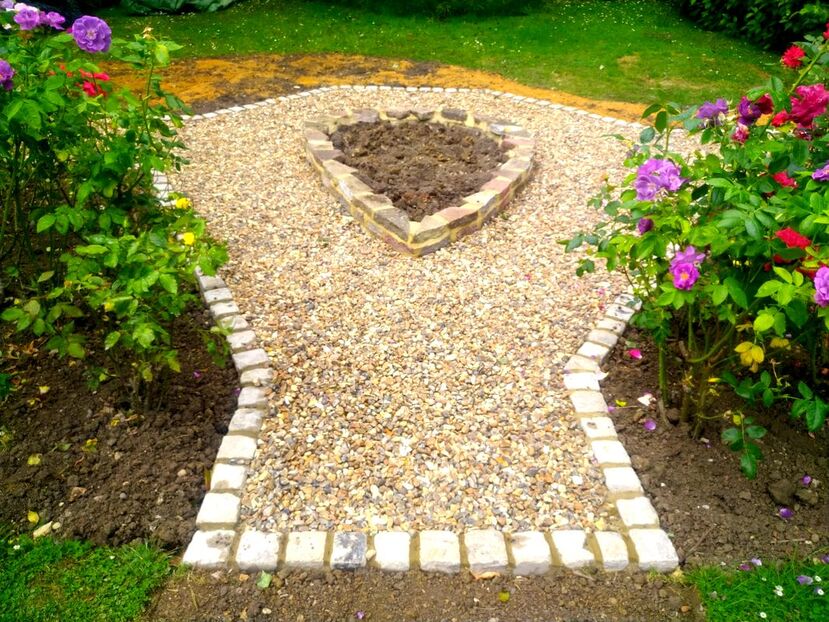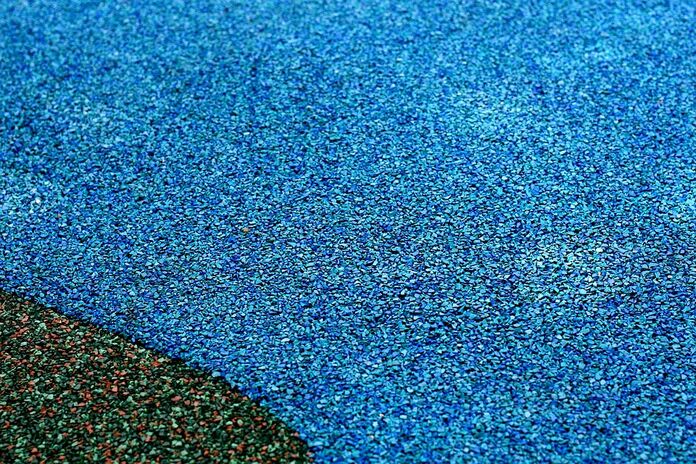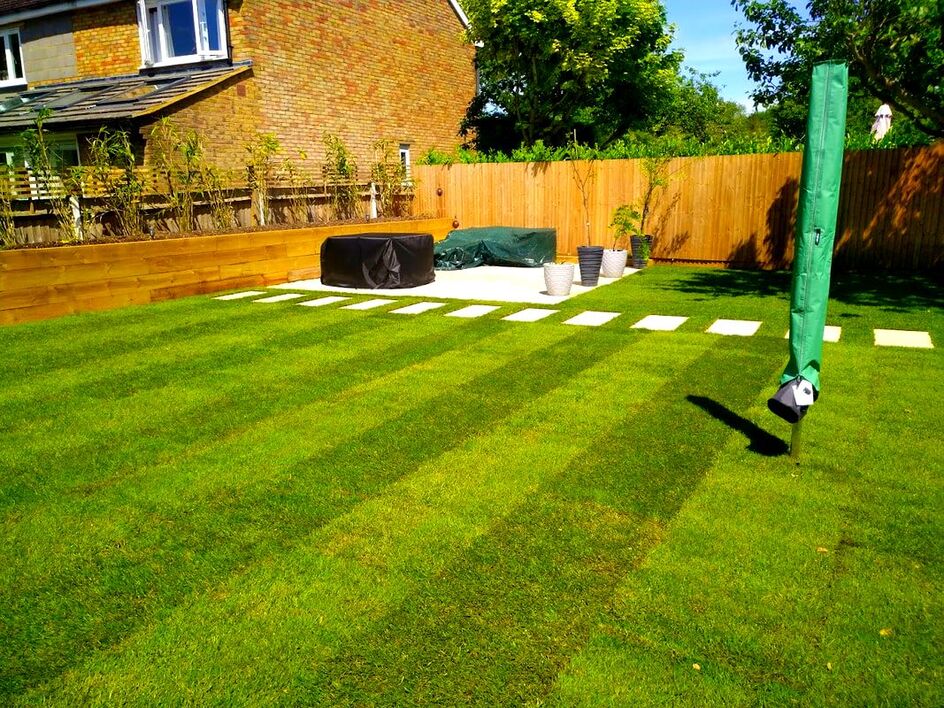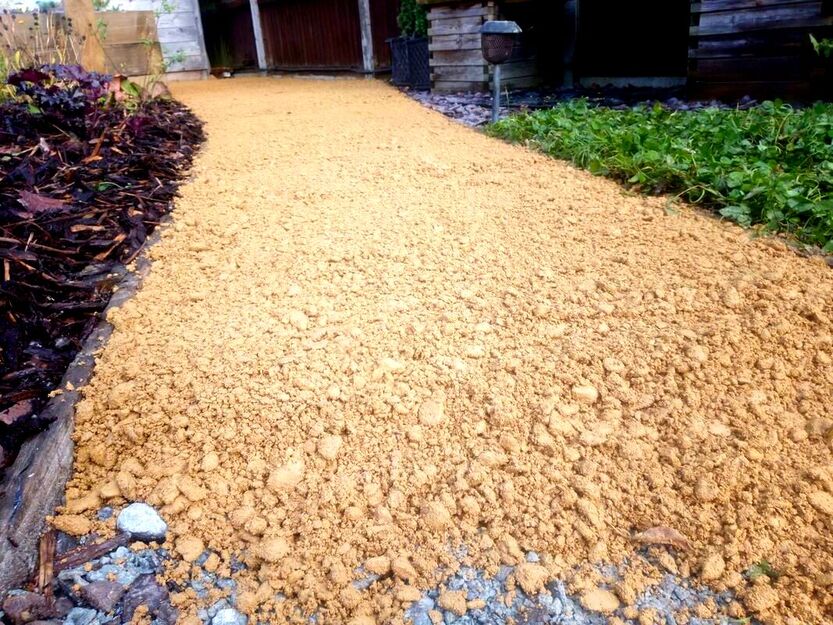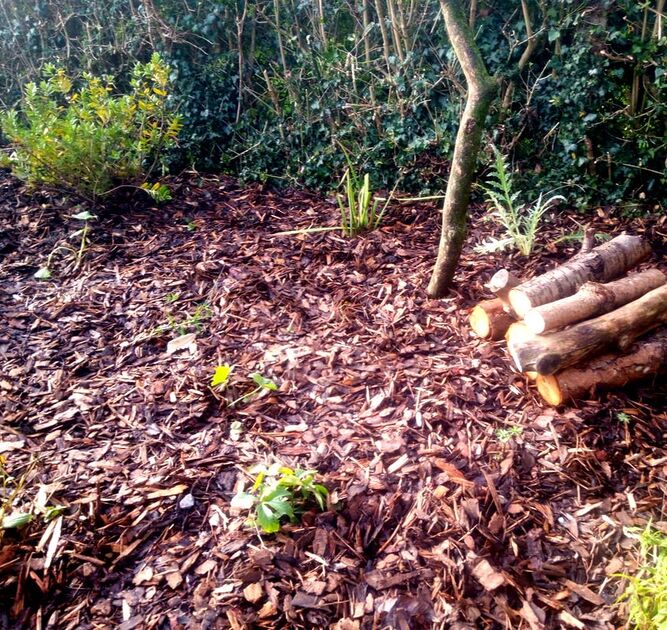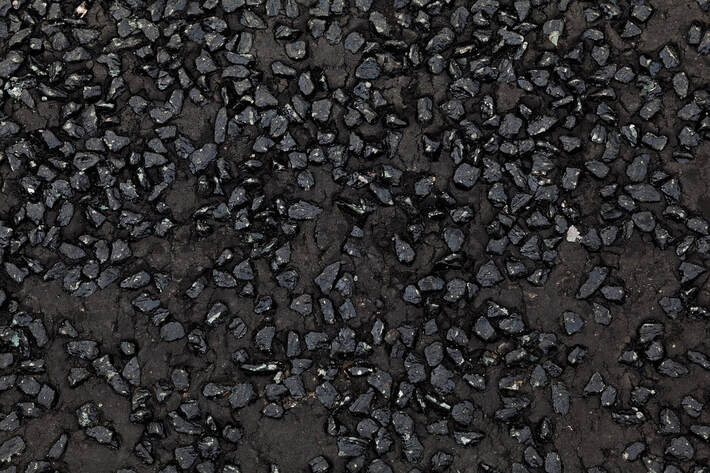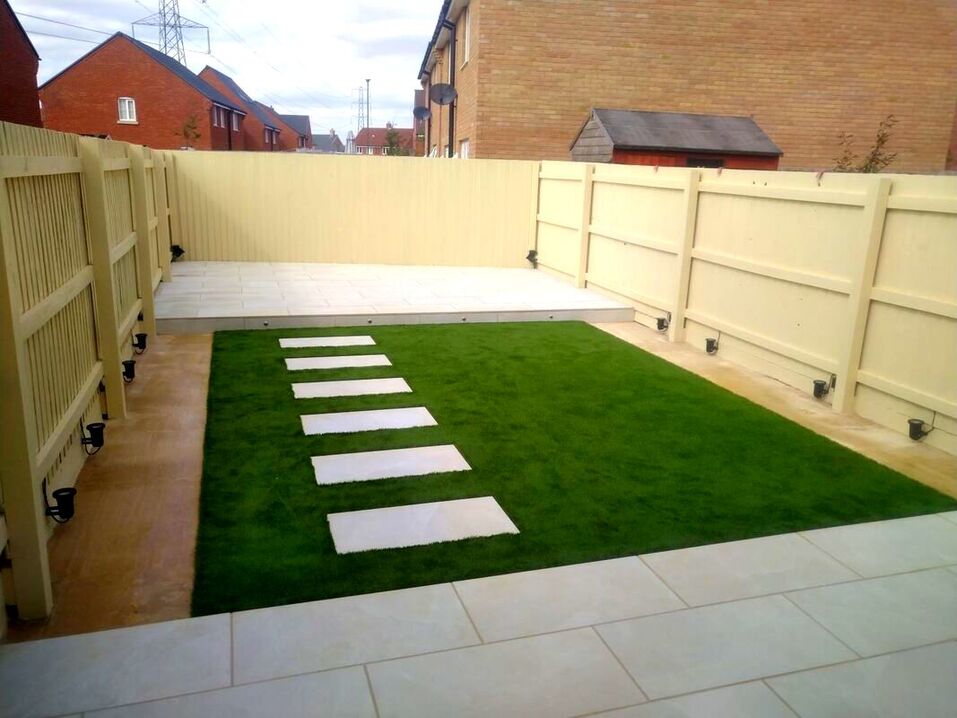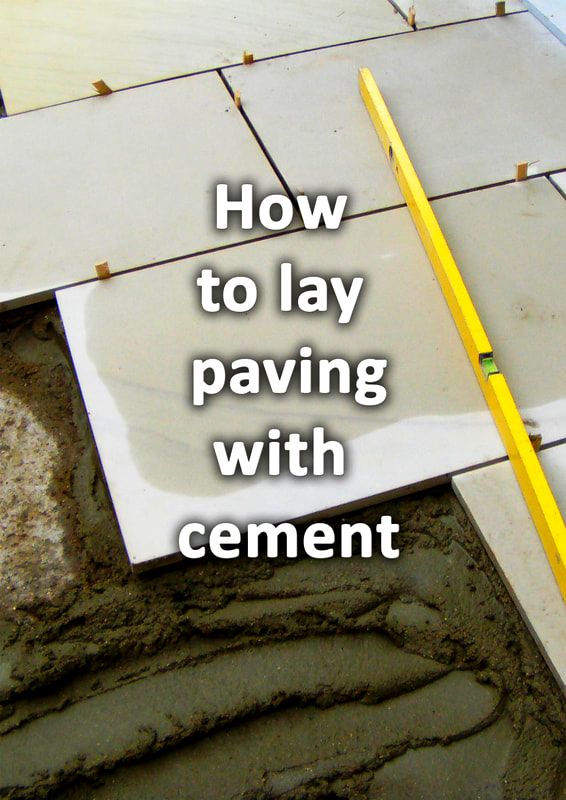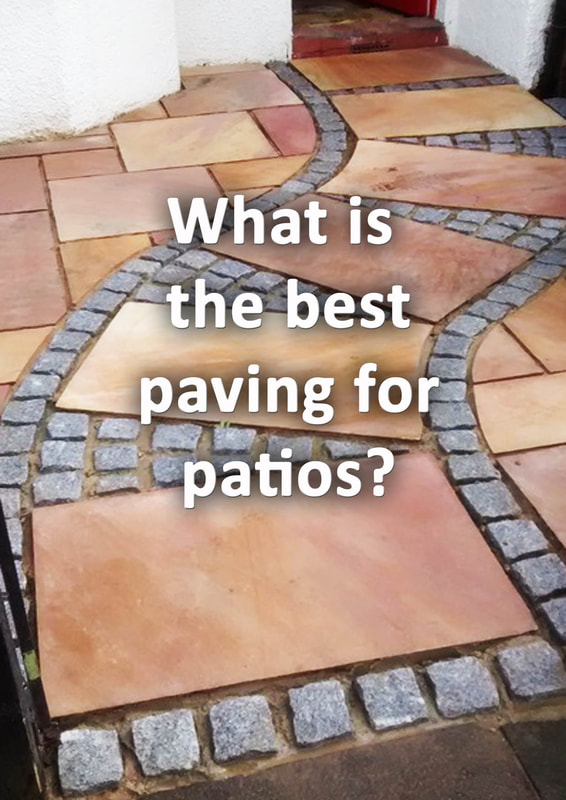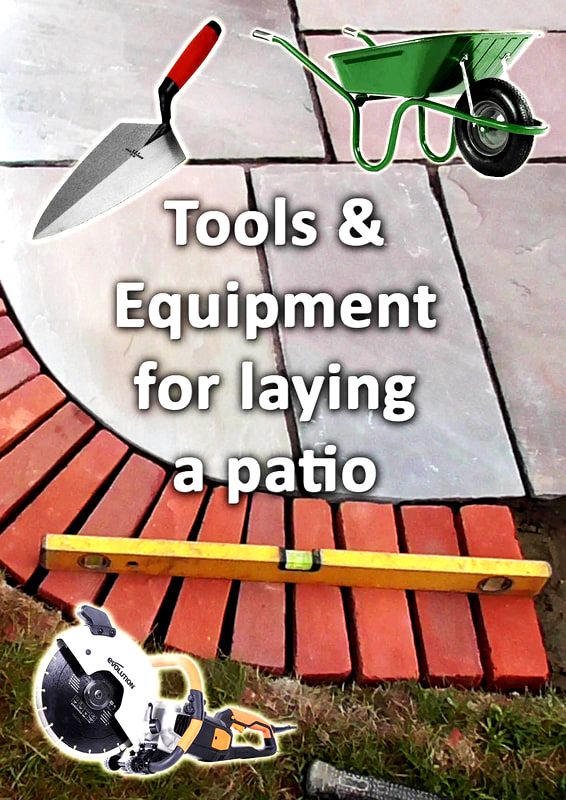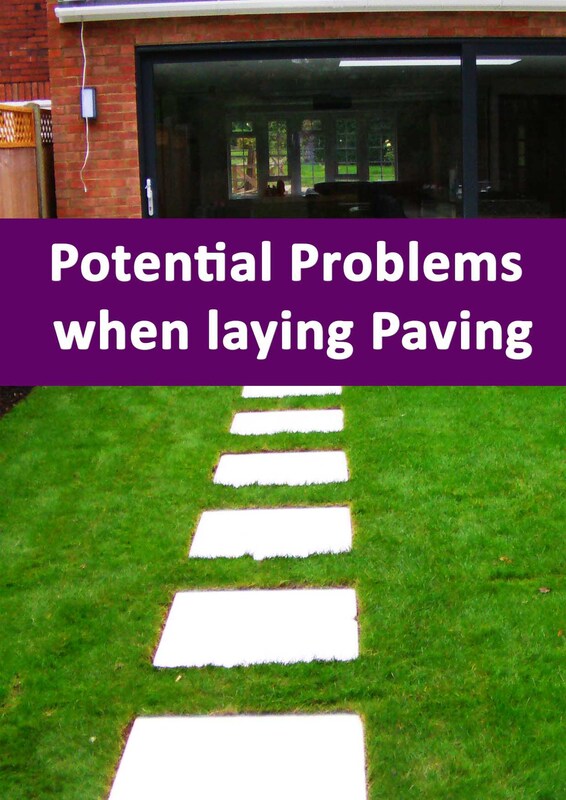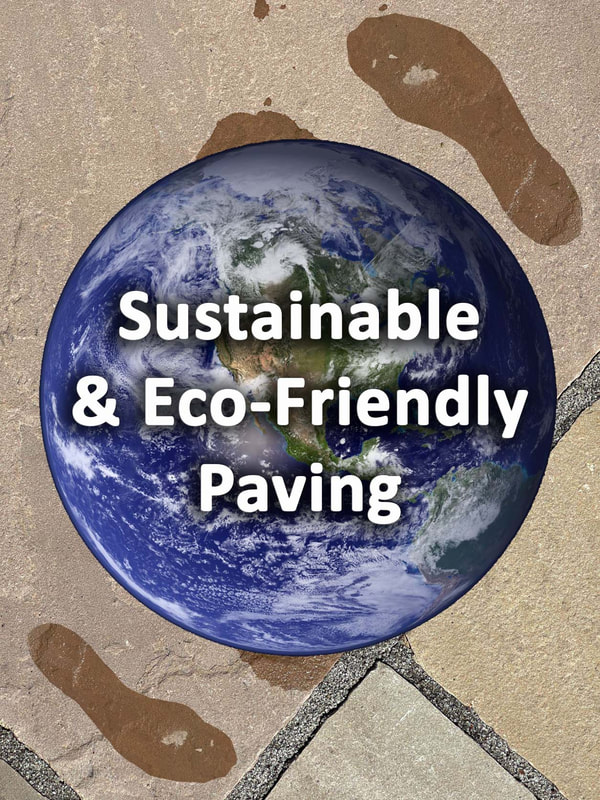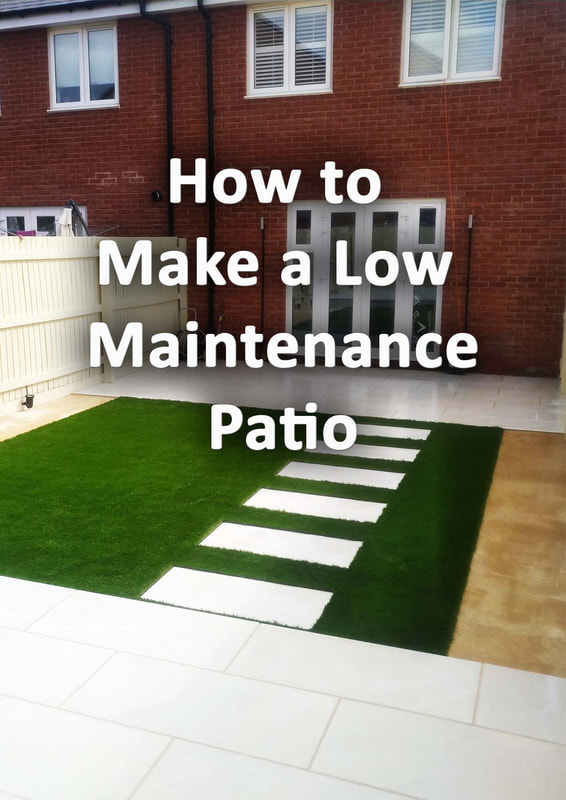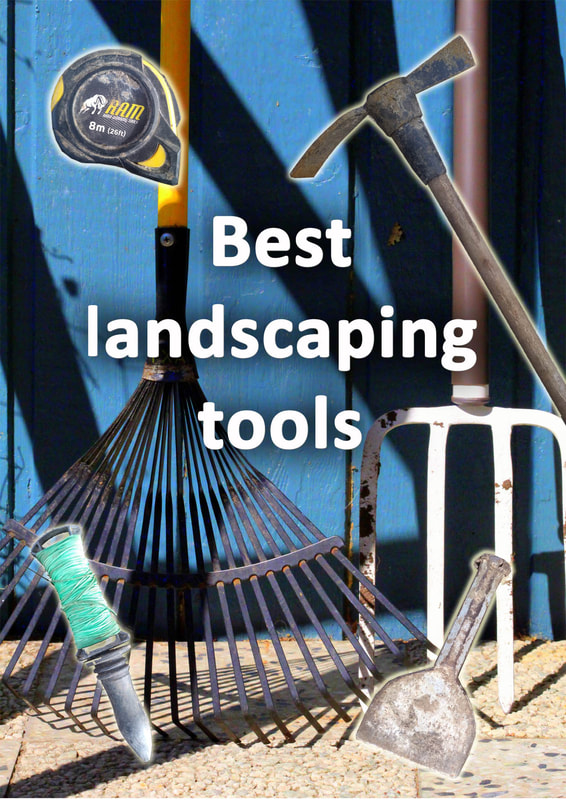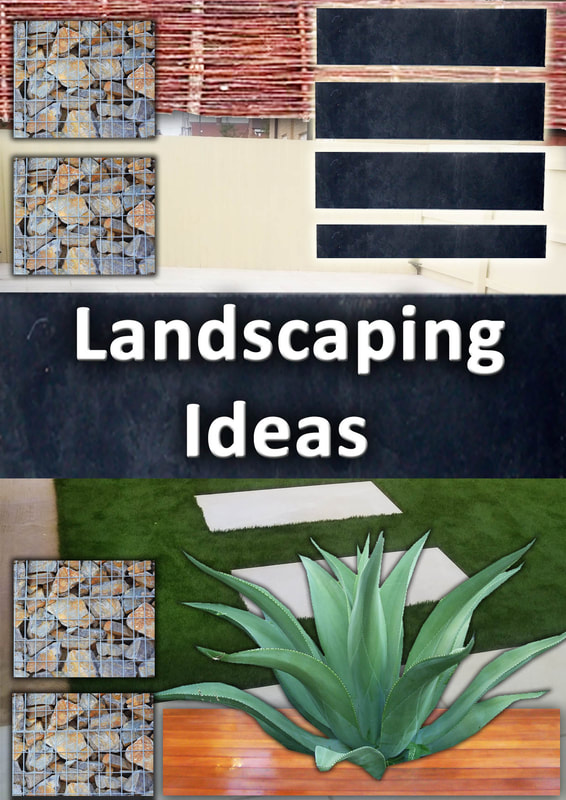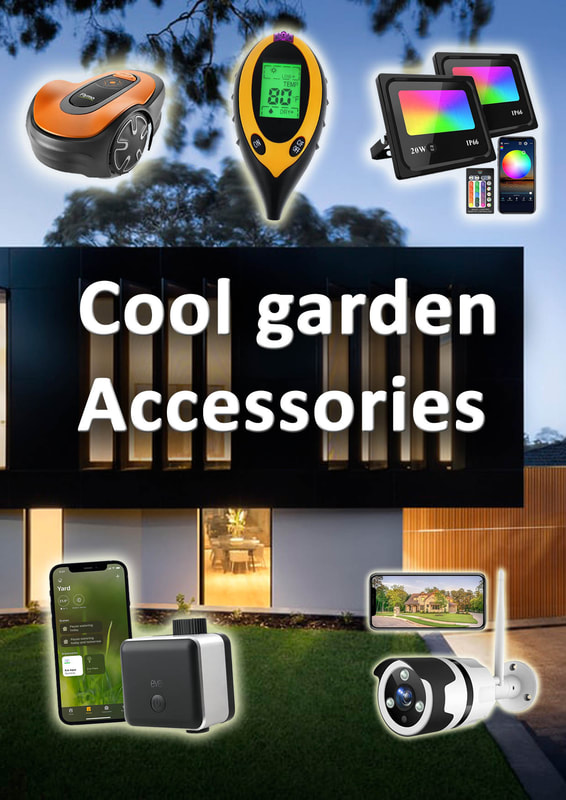|
This article contains affiliate links
Installing paving is one of the first solutions which spring to mind when surfacing a garden. Paving provides a robust, low maintenance surface which is ideal for pathways and patios.
However, correct paving installation requires much hard work and skill. Paving is expensive because it requires moving large quantities of aggregates, skilled labour and expensive materials. Consequently, it is understandable many seek alternatives to paving around their home. There are indeed many other surfacing materials choices available to explore. These all vary in cost and effort to maintain, here I will list and describe 10 surfacing alternatives to paving. Resin bound aggregate
Resin bound aggregate is an attractive surface made up of graded gravels mixed within a transparent resin. When laid and towelled flat this resin sets rock hard creating an aesthetically pleasing surface. Resin bound aggregate has an open textured, non-slip surface which allows water to pass through. This makes it ideal for sustainable urban drainage projects and slowing down flash flooding.
One of the main drawbacks with resin bound aggregate is it isn’t that much cheaper than paving. This is because a robust base must still be installed underneath to prevent cracking.
It is also true that large areas of resin bound can look rather bland and boring. Another issue is the open texture of the surface readily captures dust and dirt. This can lead to discoloration, moss and weeds. Concrete
Concrete surfaces are typically associated with shed bases and outdated landscaping schemes. At the turn of the 20th century concrete was the very latest in construction technology. Never before had a material been able to be formed into any shape or form. Even today concrete is very much an underestimated material for surfacing gardens. Concrete can be moulded into cobble and textured effects as well as dyed any colour.
There are also many products which can be laid over concrete to change its appearance.
One such which comes to mind is addagrip, this system bonds tiny stones to the concretes surface. Alternatively for a decorative and textured surface, concrete can be laid as exposed aggregate concrete. This is where it is mixed with decorative aggregates and the top cream layer blasted off. The result is a rather attractive surface similar to resin bound aggregate. Decking
Probably the most popular and common alternative to paving is decking. Decking comes in an extensive range of materials, colours and finishes and is visually very effective. Decking has also got the added advantage of requiring less base work construction. This mitigates the need for heavy digging and shifting tones of aggregates. This also means decking is generally cheaper than paving. However this does all come with a cost!
The problem with decking is it does not last as long as paving. Even composite decking products are typically still constructed upon timber frames.
Even treated timber will eventually degrade leading to more expense at a later date. I firmly believe that paving is much better value in the long run over decking. Gravel
Loose gravels have been used as a surfacing material going back hundreds of years. Before the age of tarmac gravel aggregates were used to stabilise and surface dirt tracks. This provided a much better wearing surface which bonded with the underlying ground. In gardens, gravel provides a decorative and permeable surfacing solution. The great thing about gravel is it has a good visual texture and is much cheaper than paving.
However, I would caution to still base up gravel seating areas as you would paving.
This will prevent gravel sinking and mixing with soft topsoil over time. Why not visit our guide on how to create a gravel seating area step by step here. Another advantage of gravel is you can grow plants through it. This makes it perfect for gravel, desert andMediterranean garden schemes. Rubber crumb
Rubber crumb surfacing is probably the most unusual paving alternative on this list. The surfaces most typical implementation is in school and nursery playgrounds. Rubber crumb is made from recycled rubber tyres and consists of small rubber granules. These are dyed to multiple colours and bonded with extremely strong glues.
Such surfaces can create amazing contrasts of colour if planned in interesting designs. Such a surfacing material can be perfect if you enjoy sports or have young children.
However, Rubber crumb can become damaged from contact with hot objects or naked flames. This makes them vulnerable to damage by barbecues, bonfires or cigarettes. Lawn
Conventional lawns are not thought of as a hard surfacing option but they do provide functionality. Although lawns can become boggy and uninhabitable in winter they are perfect in summer. Lawns are perfect for sitting and lounging during the warm summer months. They also provide the perfect surface for games and sports. Their lush, green, surface can be visually appealing and become a labour of love. Self binding gravel
Self binding gravel is finely graded gravel mixed with sand and clay which binds to provide a hard surface. The gravel comes in a wide range of colours and textures and looks extremely attractive. Such a surface is ideal for nature areas and naturalistic garden schemes. The gravel can also be used to surface and mulch borders and is particularly effective in Mediterranean garden schemes. However self binding gravel does have some drawbacks. This surface is vulnerable to animal digging and can puddle water. However, for the correct scenario self binding gravel can be a very effective surfacing option. Bark mulch
Bark mulch is a much more naturalistic way to surface your garden. Bark mulch surfaces actually have many advantages within the garden. Some of these include; improved drainage, more stable temperatures, improved soil, good for wildlife and mixing planting and seating areas. Bark chippings create a naturalistic and soft surface Ideal wildlife gardens and play areas.
Bark mulch, if applied at a reasonable depth can also be favourable for seating areas.
A heavy duty membrane can be laid underneath at least a depth of around 50mm of bark. Shady bark areas are the perfect place to relax during the extreme heat of summer. Such areas are perfect for creating woodland gardens or wildlife watching retreats. Tarmac
Tarmac is not always associated with back gardens as it is conventionally used for roads and driveways. However tarmac is a durable surfacing option and can be used inside gardens. Tarmac is especially useful if you want a dark coloured surface with lots of grip. There are now a whole range of tarmac paints available which can greatly enhance its colours. Artificial lawnArtificial lawn has become an increasingly popular alternative to conventional lawns. In the past couple of decades artificial lawn has become ever more durable and lifelike. This has led to an explosion in its installation across the suburban landscape. Artificial lawn is the ultimate low maintenance surface with no need for cutting and trimming.
However, a drawback with this option is it is more costly than many expect. This is because the lawn needs to be excavated and based in a similar way to a patio.
This can also reduce your gardens ability to naturally absorb water potentially leading to drainage problems.
If you require paving or landscaping services in Buckinghamshire please do not hesitate to contact us here. Our typical service locations include;
Amersham, Aylesbury, Bovingdon, Chalfont, Chesham, Hyde Heath, Great Missenden, Princes Risborough, High Wycombe, Penn, Beaconsfield, Tring, Gerrard's Cross and Denham.
Thank you for reading our article on the 10 main alternatives to paving. Below we will link to some other relevant articles you may find useful.
'As an Amazon Associate I earn from qualifying purchases'
0 Comments
Leave a Reply. |
The Author
|
Landscaping services across Buckinghamshire, Amersham, Aylesbury & High Wycombe
Hyde Heath, Amersham, Buckinghamshire |
|
